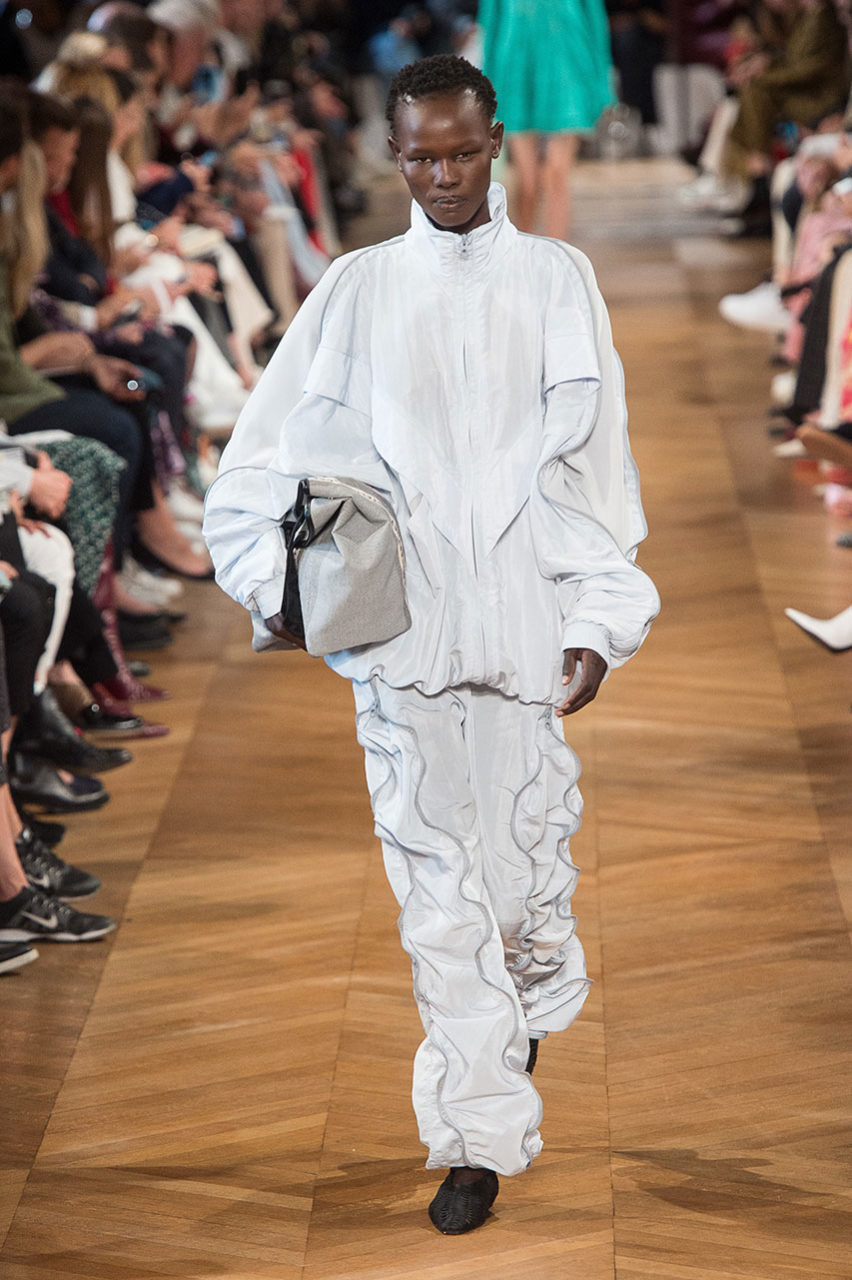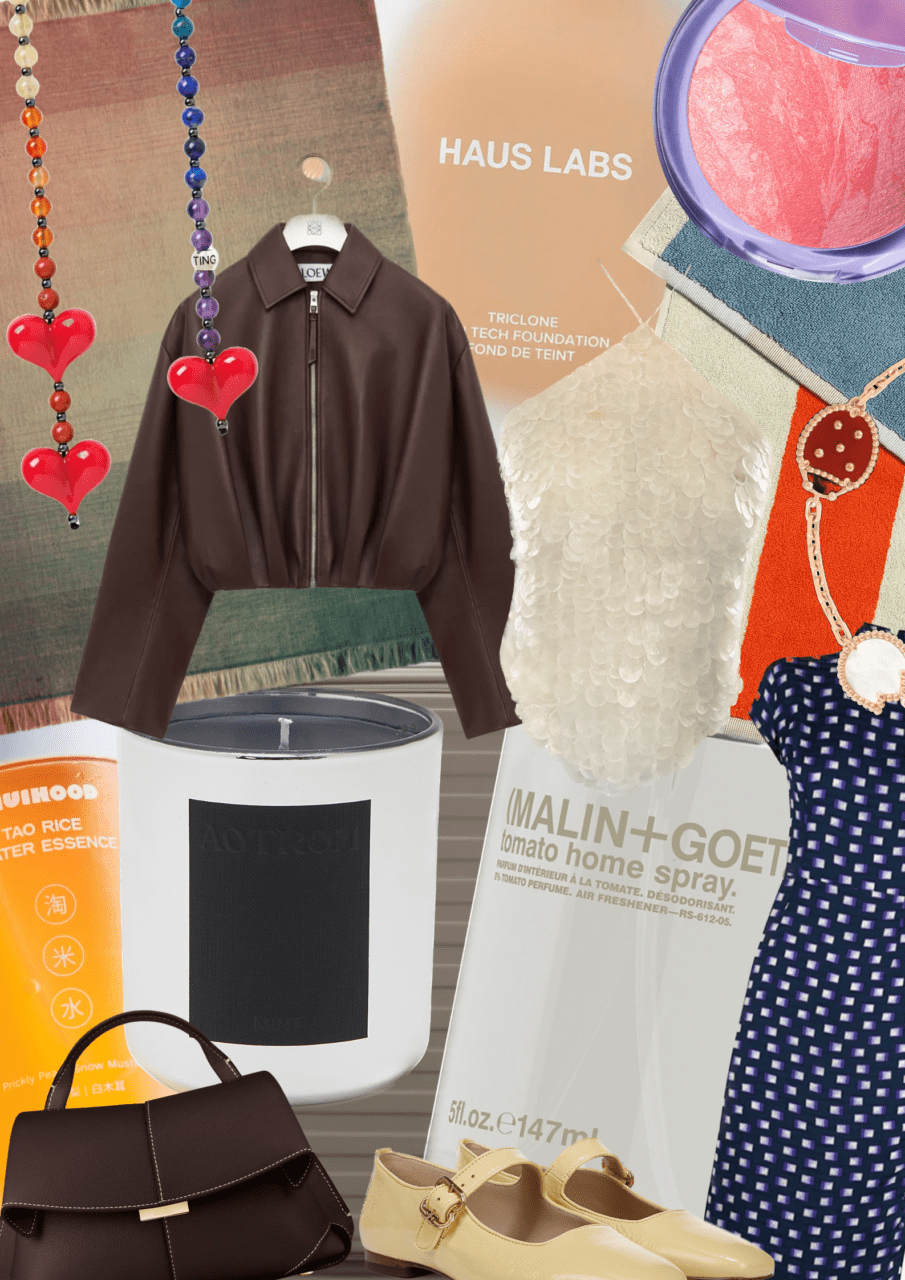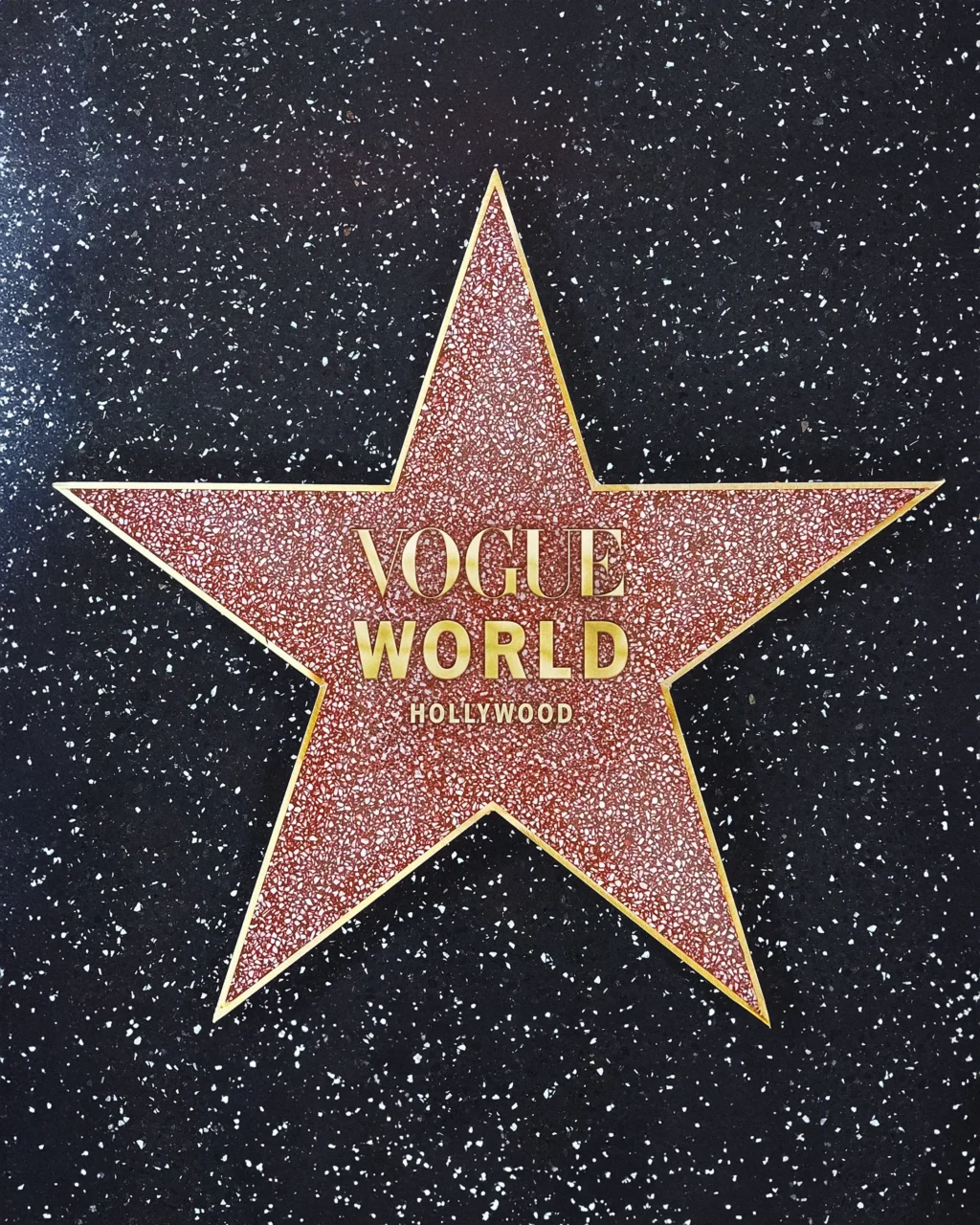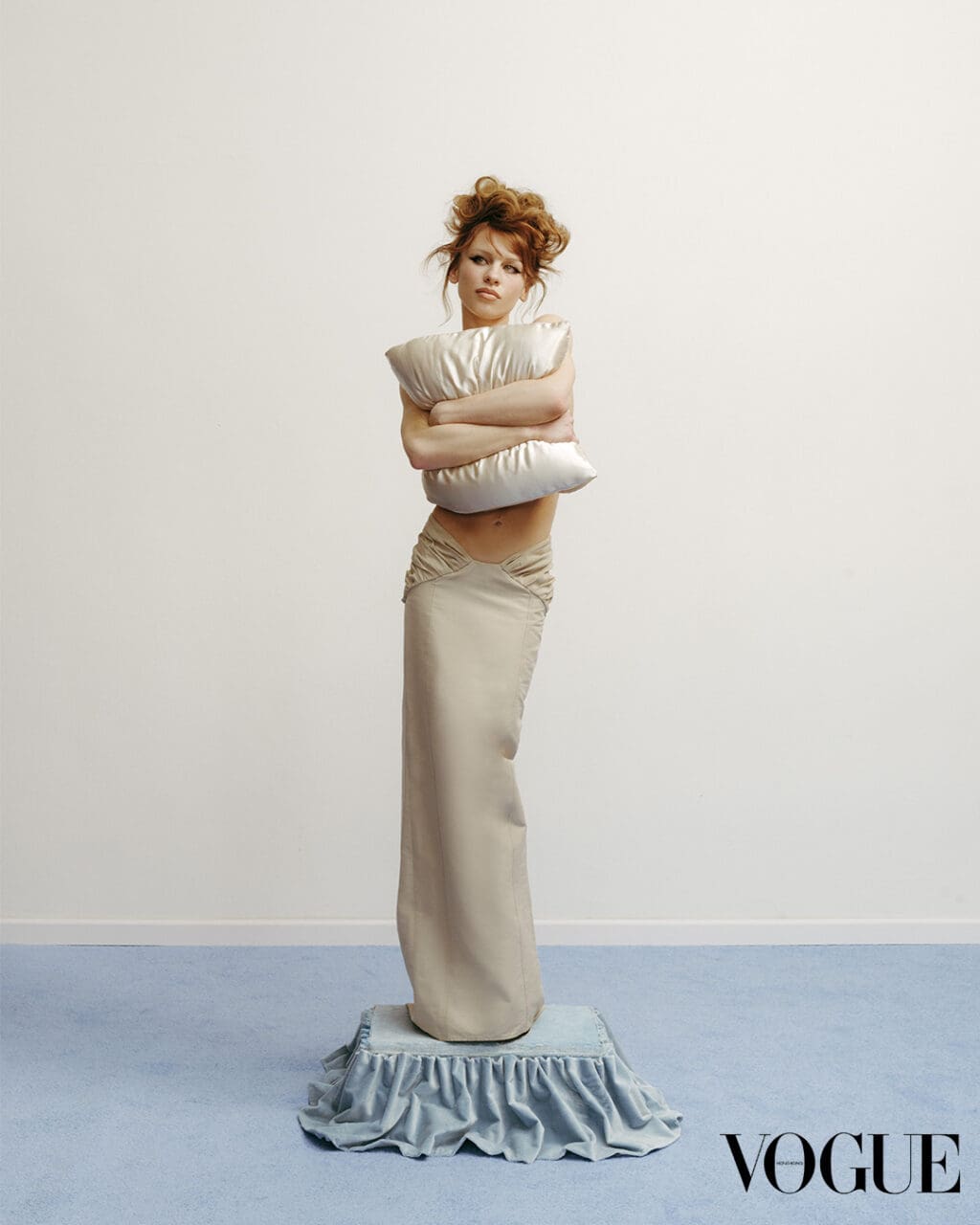After a typically upbeat show this October, I threw a forbidden word at Stella McCartney backstage: athleisure. Over the past decade, the inescapable portmanteau of ‘athletic’ and ‘leisure’ has been used by marketeers to define our appetite for a casual new dress code, or indeed the evolution of conformist ones. Watching McCartney’s show, where negligees hybridised with sportswear alongside tennis dresses and tracksuits, I couldn’t help but reflect on the 2010s we’ll soon be exiting. When we look back at this decade in fashion, with all its bedazzled trainers, athleisure could very well be its outlining factor.
Stella McCartney Spring 2019 Ready-to-Wear
Kim Weston Arnold/Indigital.tv
“That’s a dirty word!” McCartney retorted, never one for a boring backstage quote. “Don’t ever say that word in my presence ever again. Anything merged is wrong.” I get you, Stella. I feel the same way. And yet, like her collection – arguably rooted in the characteristics of athleisure – I can’t say I don’t embrace it myself. As much as I would love to wear tailoring on a daily basis, our newfound acceptance of wearing trainers, track bottoms, hoodies and parkas virtually anywhere is too irresistible to withstand. Comfort and convenience are hard to contest. But why, then, do we still so vehemently scoff at that term, athleisure, in this business?
After a period of stark contrasts around the fashion show landscape, I found the spring/summer 2019 season interesting in its meeting between old and new approaches. With a sports and streetwear-centric disrupter like Virgil Abloh now in power at Louis Vuitton – where he showed his first men’s collection in June – it feels as if the establishment and outsider forces of fashion are now joining rather than polarising. From Gucci to Valentino, every house is merging the codes of sportswear and haute couture.
Abloh’s Off-White collection in September was called Track and Field. It did what it said on the tin – sportswear worn as daywear, inspired by the uniforms of athletes – but concluded in several sporty ballgowns that weren’t totally foreign to the some of the sporty eveningwear hybrids found on McCartney’s runway a few days later.
Abloh’s road to the halls of fashion establishment has gone hand-in-hand with the broader mentality’s quiet revolt against our own unwritten rules. Not just the archaic laws of dress codes and occasion dressing, but stuff like whether or not Abloh, who has an architecture degree, could really be accepted as a bona fide fashion designer, and if the sports and streetwear wave he rode on alongside Vetements, Gosha Rubchinskiy and so many others wasn’t tarnishing the hallowed tradition of fashion.
Vetements Spring 2019 Menswear
Kim Weston Arnold/Indigital.tv
Looking back at the past five years, that resistance feels virtually reactionary now. In October, Lyst Index – which ranks fashion’s most coveted brands – revealed that Off-White had surpassed all major fashion houses in popularity lists, effectively making Abloh the most sought-after designer in the world, even if he doesn’t necessarily refer to himself as one. On a broad scale that means influence: the power to change the way people dress and eventually the unwritten societal laws of dressing. And one of the key elements to his success has been athleisure.
The case is not so different for Demna Gvasalia, whose skyrocketing success with Vetements some four years ago landed him the Balenciaga gig, where he now exercises ideas for new dress codes. In his collection in October, Gvasalia debuted a new suit informed by the values of athleisure (even if he didn’t say so). “It’s comfortable tailoring. No shoulder pads. You don’t need to wear a shirt because the shirt has transformed into a jacket, in order to be able to dress a new generation in tailoring,” Gvasalia said of the fluid over-shirts styled with matching trousers. He used it as a proposal for a suit for a new customer raised in a world of athleisure, to whom classic staples like blazers can seem like a constricting, altogether foreign thing.
Balenciaga Spring 2019 Ready-to-Wear
Monica Feudi/Indigital.tv
Perhaps athleisure is to our time, dare I say it, what ‘youthful fashion’ was the to 1960s: an invention so confrontational to the dress codes we’re programmed to follow that we hate it and love it all at once. Moreover, Gvasalia – whose ‘new suit’ received rave reviews – would never attach the label of ‘athleisure’ to his work, which somehow makes its influence on his collections feel a lot less marketeer-focused. Maybe McCartney is right: we turn our noses up not at the phenomenon of athleisure itself but at the merged market-savvy moniker that’s been coined to describe it.
In an era ruled by a millennially-fuelled desire for authenticity in all corners of life, our attraction to sportswear is too significant to be turned into a mere tool for retail. That search for authenticity has become synonymous with a much bigger development in how we approach our wardrobes. The age of athleisure defines a new time in fashion – a time of real change – where designers like Gvasalia and Abloh, and even a Savile Row trained tailor like McCartney, are empowered to create new ways of dressing outside of the boundaries of the archaic dress codes we’ve taken for granted for so long. Through those glasses, athleisure almost starts to feel like the unsung hero of fashion’s advancement. It almost deserves a nicer name.
Originally published by British Vogue.
Editor
ANDERS CHRISTIAN MADSEN








